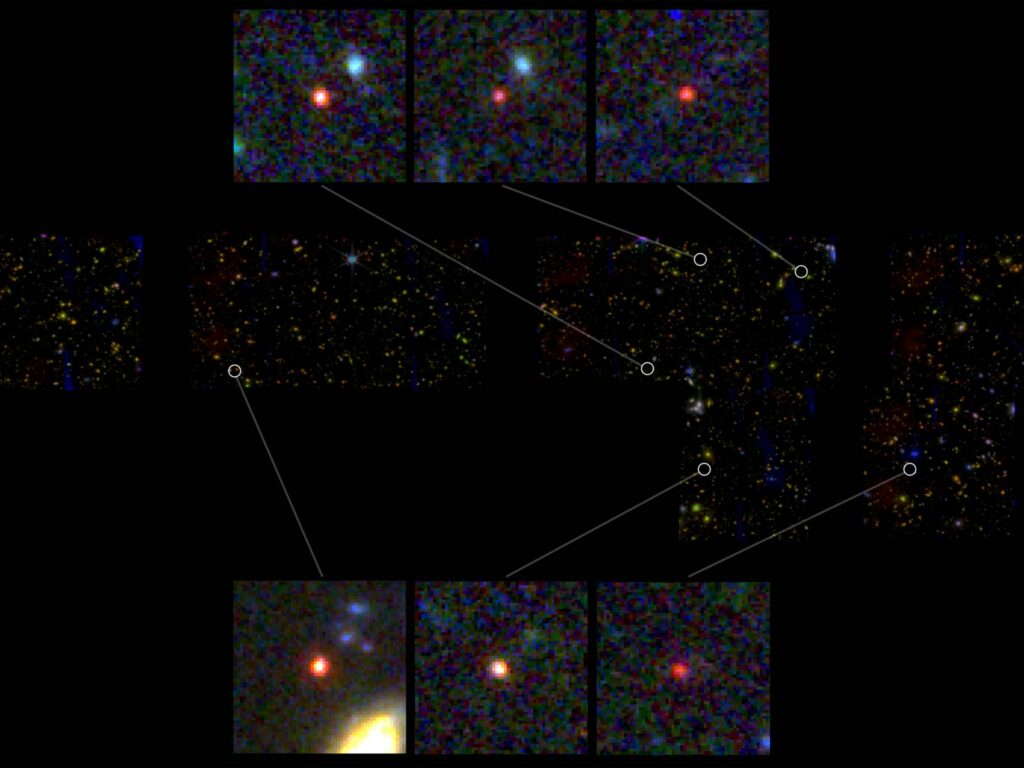
A set of ‘Universe-breaking’ galaxies could upend our ideas about how galaxies are born. The JWST is able to observe galaxies that are so distant that we’re seeing them as they were just 500–700 million years after the Big Bang, giving a window into the epoch when galaxies were just beginning to form. These were all expected to be small, infant galaxies just beginning to grow, so astronomers were shocked to find six appear to have comparable masses to the Milky Way.
“This is our first glimpse back this far, so it’s important that we keep an open mind about what we are seeing,” says Joel Leja from Penn State University, who took part in the study. The team are now seeking follow-up observations to confirm if the galaxies really are as large as they seem.
“The amount of mass we discovered means that the known mass in stars at this period of our Universe is up to 100 times greater than we had previously thought. Even if we cut the sample in half, this is still an astounding change,” says Leja. “The revelation that massive galaxy formation began extremely early in the history of the Universe upends what many of us had thought was settled science.”